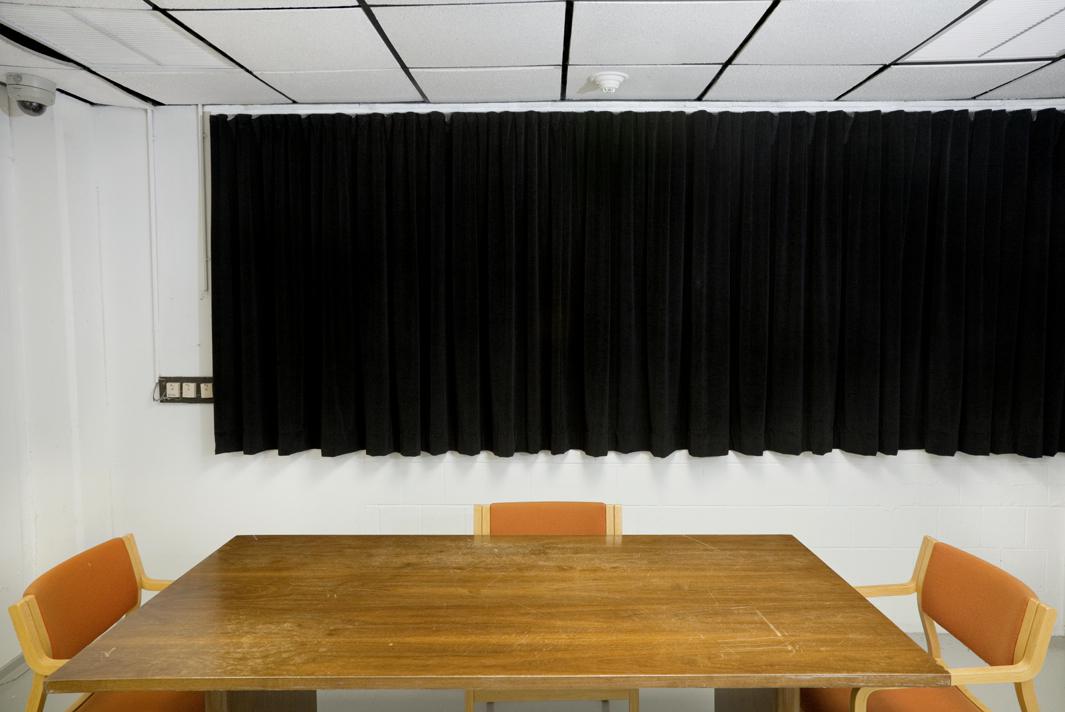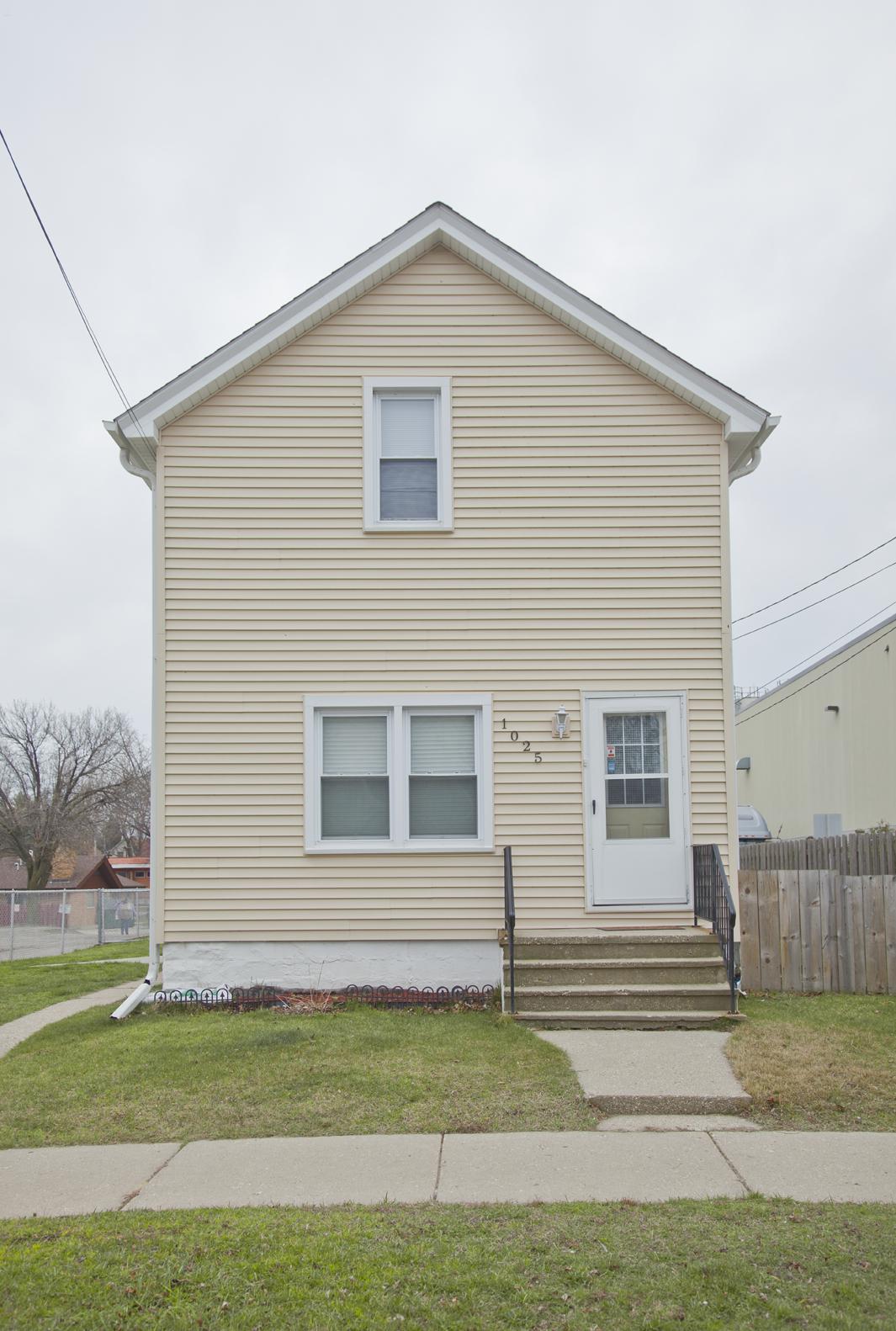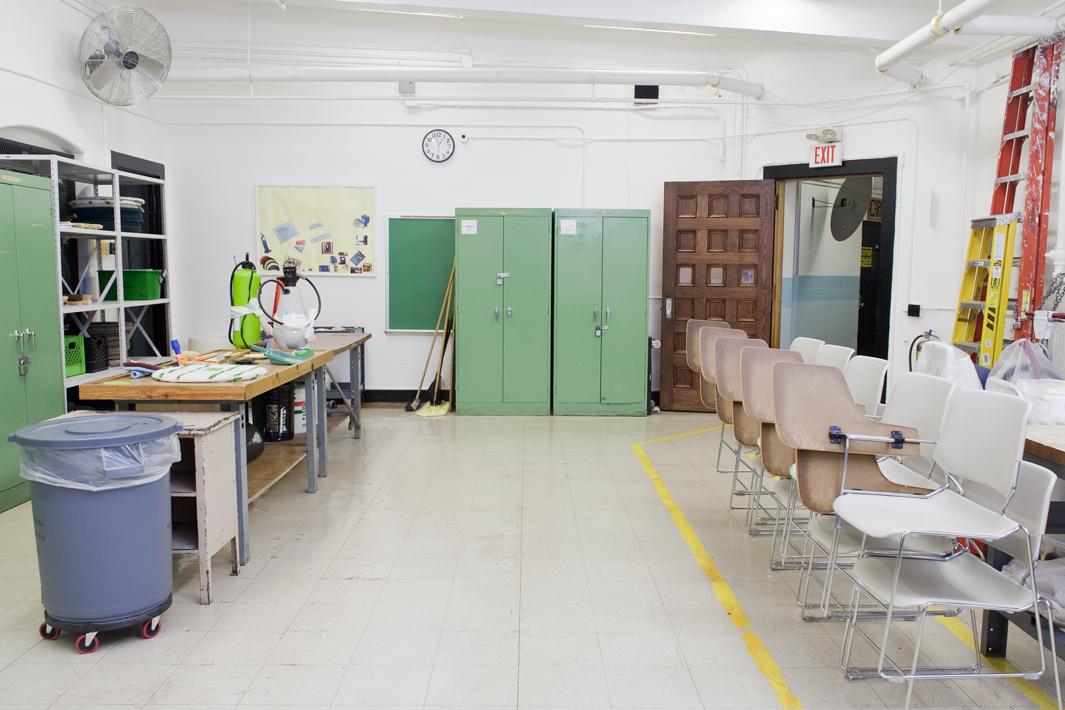Eighteen states have outlawed the death penalty. Photographer Emily Kinni’s ongoing series, “Where Death Dies,” shows us what has become of the sites where the final executions took place in 12 of those states.
Kinni started the series in 2011 while taking a break from another series about sex hotels. Her interest lies in the evolution and psychology of space. Sites of execution, with their dark yet historic pasts, seemed an especially rich and complex study. “I started thinking about the liminality, the in-between place where you take a place designed for death and you decide to alter it to something else,” she said.
Some of the sites have retained some of the totems of their former uses, like electric chairs and execution chambers. Others have completely transformed, having made way for homes, shopping malls, and other buildings. Kinni’s work serves to investigate the success and meaning of that transformation. “I have such a strong response to the interior because that’s aesthetically what I’m drawn to. On every level, I care about the hand that goes into what happened in those places. But I’ve gotten much more of a response to the outside shots, the public images that have no evidence of the original site. I understand that fascination,” Kinni said.

Emily Kinni

Emily Kinni

Emily Kinni
Finding these sites was often a challenge. Many former execution sites are not well-documented, and Kinni often had to track down former guards and personal archives to piece together the exact location. Other sites, which were both in tact and well-documented, were hidden behind bureaucratic red tape. Kinni is still waiting for access to some of those sites.
Though her intention for the work is not political, Kinni said viewers often use the series as a jumping-off point for discussions about the death penalty. “It does dance so closely to the subject that there’s no way to separate the two. I’m happy the work can provide a platform for generating a conversation that goes in that direction. I love reading the responses the work can generate,” Kinni said.
You can follow Kinni on Facebook and Twitter.

Emily Kinni

Emily Kinni

Emily Kinni

Emily Kinni
